9 epicurean wonders from around the world
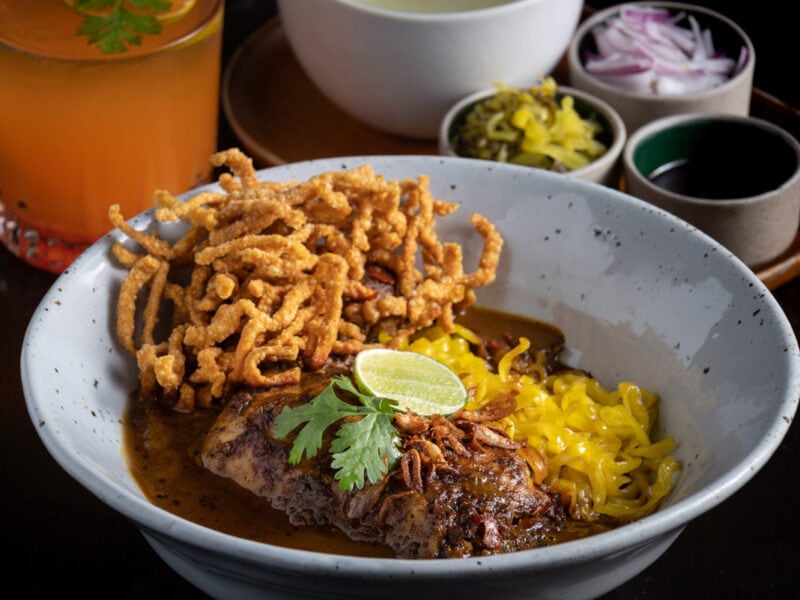
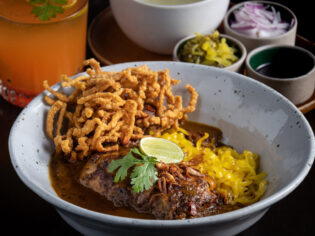
Calling all foodies – it’s time to treat yourself to a truly unforgettable dining experience.
Trying new foods is one of the best parts of travelling the world. Follow your nose to discover these mouth-watering meals, refreshments and regions and you’ll return home with more than a few new favourites and recipes.
1. Kakheti wine region, Georgia
Travelling with: Steve Madgwick
As long as the singer’s voice floats up from the hole, the new vintage is underway and on track, like thousands before it. If the singing unexpectedly stops, however, the rescue mission kicks in and the process must begin again.
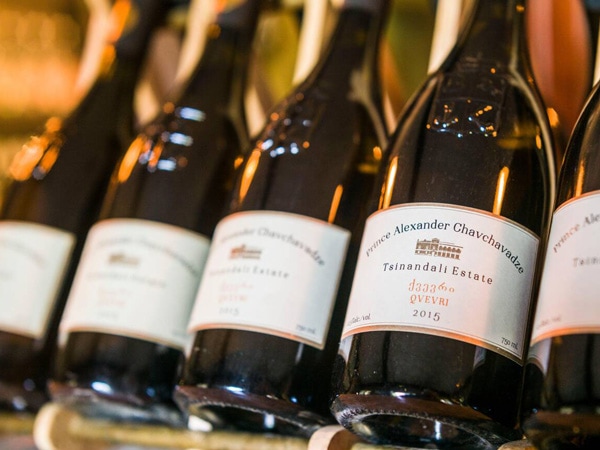
The estate of the noble Chavchavadze family produces traditional wine in Georgia.
The hole in question is the opening of the qvevri, an egg-shaped earthenware vessel buried into the earth, used to ferment, store and age the ‘natural’ or ‘unfiltered’ wines of Georgia. Natural because this Caucasus country doesn’t remove grape skins, pips and stalks during fermentation, or add unnatural preservatives, yeast or extra sugar during wine production (sometimes sulphides are added at bottling).
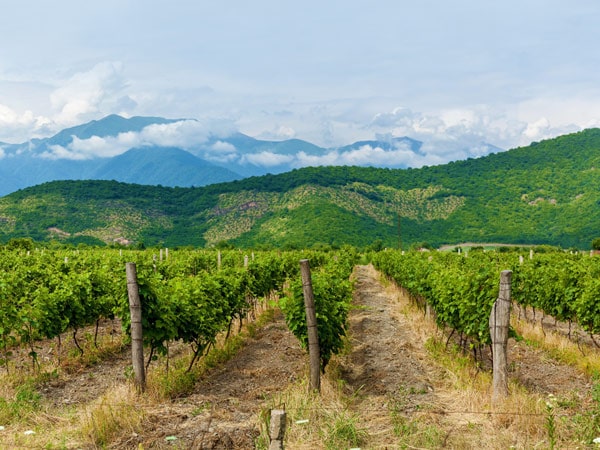
The picturesque Kakheti region grows around three-quarters of the country’s grapes.
Cleaning the qvevri is crucial. The larger ones are metres deep, holding thousands of litres, so winemakers climb down inside to scrub them with brushes made from the naturally antiseptic roots of St John’s wort and pressed cherry tree bark. Georgian wine is unpasteurised, so the cleaning process is a balancing act.

Nekresi Monastery in Kakheti has an ancient wine cellar.
Rogue noxious bacteria can spell curtains for a vintage, but because qvevris are re-used, the wine also benefits from ‘good’ bacteria and moulds trapped in the porous clay, which act like a natural yeast.
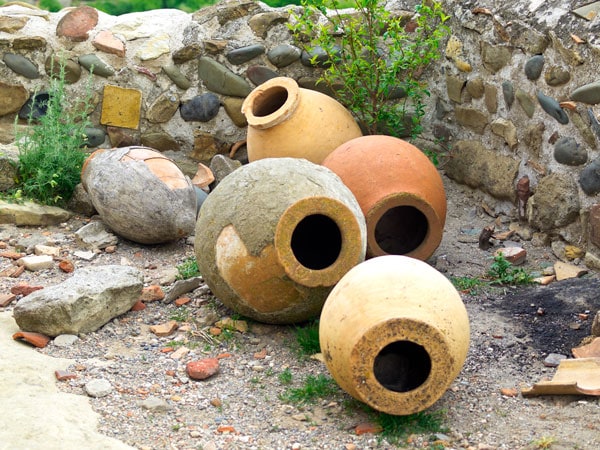
Qvevri are earthenware vessels used in traditional Georgian winemaking.
Why the singing? It tells those above ground that the winemaker hasn’t passed out from the overpowering alcohol fumes from past vintages. Conversely, if they are bad singers, the lid is slammed shut anyway – so goes the local joke.
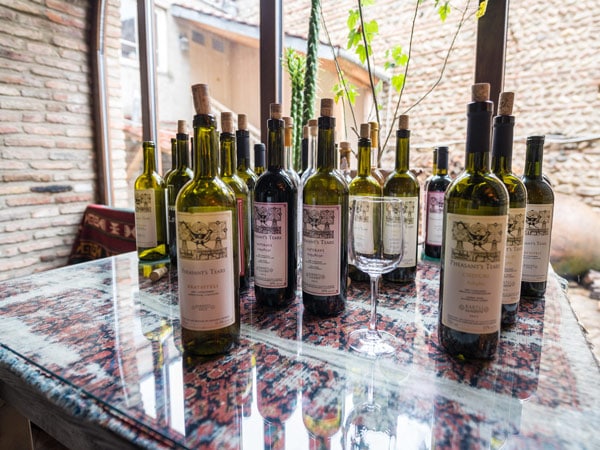
Pheasant’s Tears winery continues an 8000-year-old tradition.
2. Mil Centro, Moray, Peru
Travelling with: Kee Foong
Central restaurant in Peru was voted World’s Best Restaurant in 2023, which makes getting a reservation there extremely tricky. Its founder, Virgilio Martinez, however, has a destination dining experience high in the Andes that is slightly easier to book, if not get to.
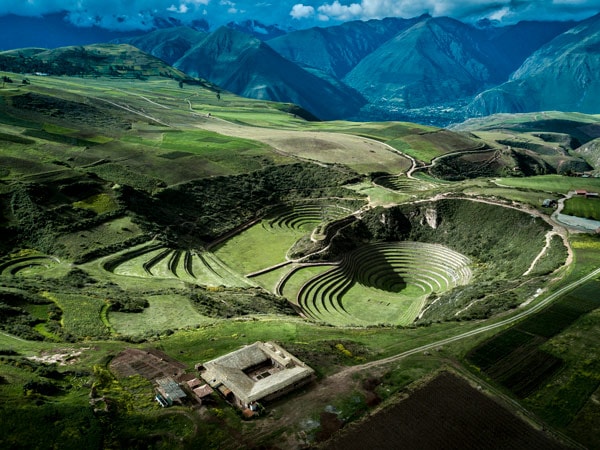
The impressive Moray Ruins in Mil Centro, Moray, Peru. (Image: Gustavo Vivanco)
Located next to the mysterious Incan site of Moray near Machu Picchu, Mil Centro is part restaurant, part community farming project and part research lab that’s worthy of a pilgrimage for gourmands. Book the full-day Mil Immersion, which includes meeting with Indigenous farmers and artisans followed by a sumptuous discovery of Andean cuisine.
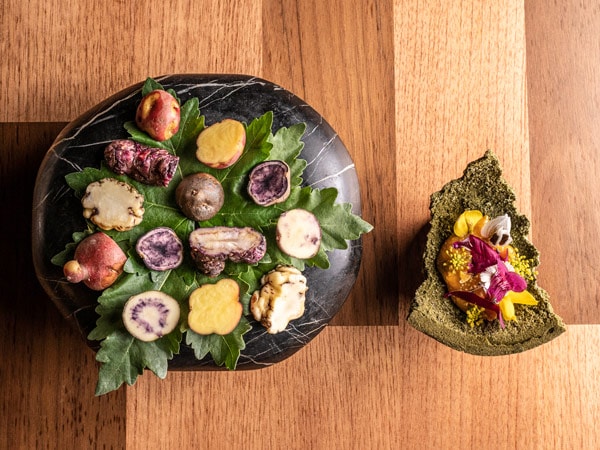
Tuberculos Nativos in Peru. (Image: Ken Motohasi)
3. Le Louis XV, Monte Carlo, Monaco
Travelling with: Catherine Marshall
The chef is an artiste, the maître d’ an entertainer, the dining room a gilded theatre. Diners are expected to dress for the performance at Alain Ducasse’s three-starred Michelin restaurant in Monte Carlo, Monaco.
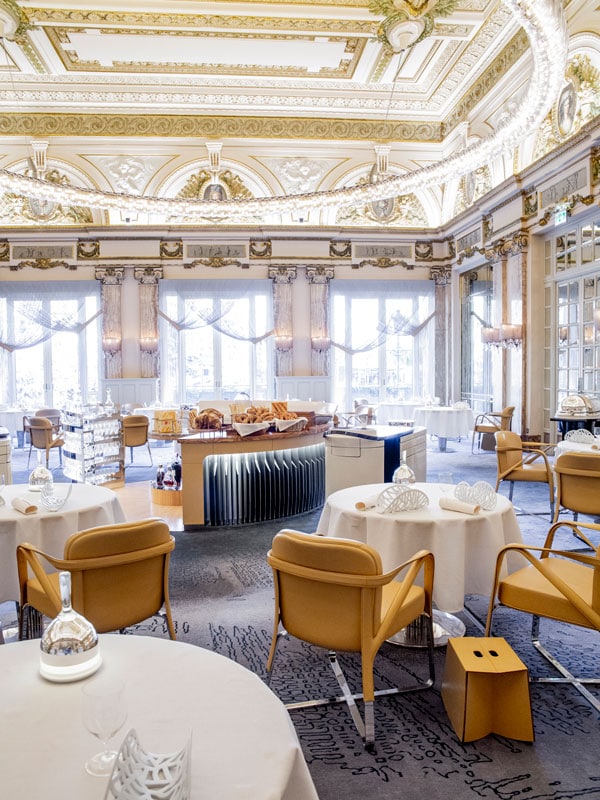
Luxury dining redefined at Le Louis XV. (Image: Monte-Carlo Societe Des Bains)
Here, every set piece is a masterstroke: tissue-thin bread embossed with zucchini leaves and filaments of radish; fish cubes steaming on a bed of pebbles beneath a glass cloche; Champagne to match the brass tableware and buttery interior. This is an extravaganza to be digested long after you’ve delivered your standing ovation.
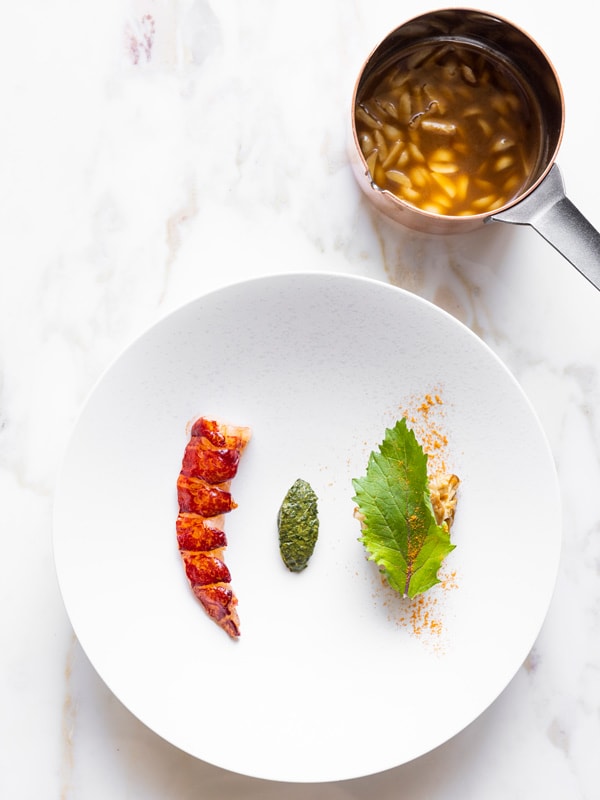
Indulge in edible art at the three-starred Michelin restaurant. (Image: Monte-Carlo Societe Des Bains)
4. Viennese coffeehouses, Vienna, Austria
Travelling with: Carla Grossetti
The Austrian capital is justifiably famous for its coffeehouses, known as much for their VIPs as their coffee and cake. From Café Central, where both Freud and Trotsky frequented in the early 1900s, to Café Hawelka, where patrons have included Andy Warhol and Peter Ustinov, to the elegant Café Sacher, home to the original Sacher-Torte cake, there’s a lot to love about Vienna’s centuries-old coffeehouses.
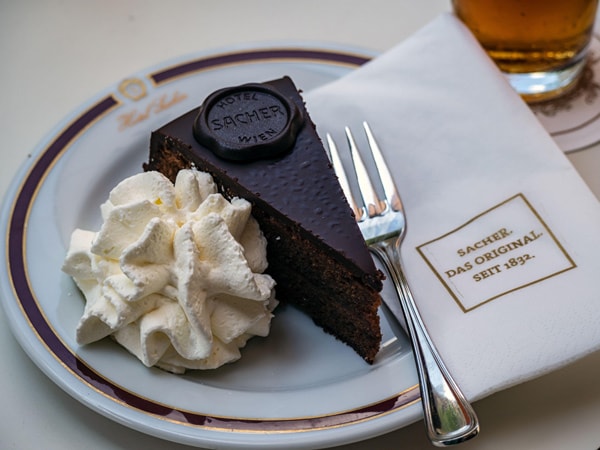
An indulgent slice of Sacher Torte at the Cafe Sacher.
Café Frauenhuber is Vienna’s oldest coffeehouse and is known for having Mozart and Beethoven play piano there in the late 1700s. Waltz through the doors at this timeworn institution to get a glimpse into Viennese society and the great minds that have helped shape the ‘City of Ideas’.
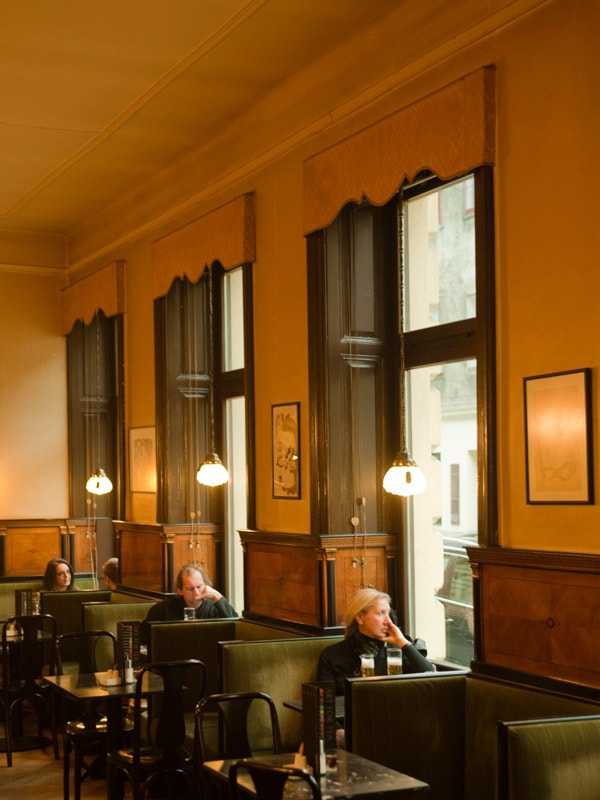
Linger all day in the timeless coffeehouse at Cafe Goldegg.
5. Île Saint-Honorat, Cannes, France
Travelling with: Elizabeth Whitehead
An island solely inhabited by Cistercian monks is not somewhere you’d expect to be surrounded by bikini-clad glitterati blaring techno on their yachts. Yet, Île Saint-Honorat is an anomalous pocket of asceticism that sits in stark contrast to the revelry of the French Riviera.
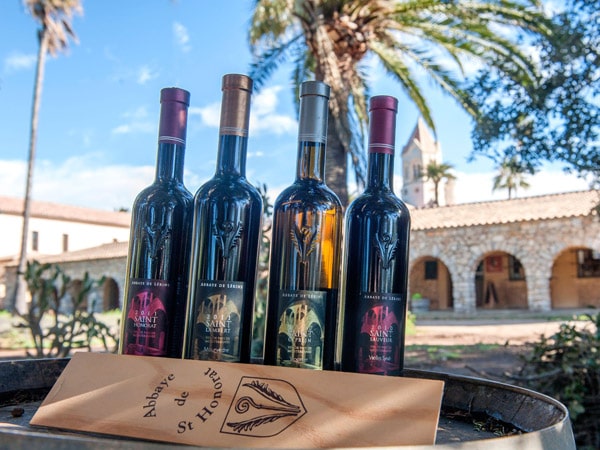
Wind down with a bottle of wine at Île Saint-Honorat, Cannes, France.
However, the monastery precedes partygoers by about 16 centuries, as does its ancient winemaking traditions that continue into the present day. I sample syrah in the monastery’s sun-drenched vineyard. It’s peppery and intense, with notes of cherries, blackberries and cinnamon – a little drop of heaven.
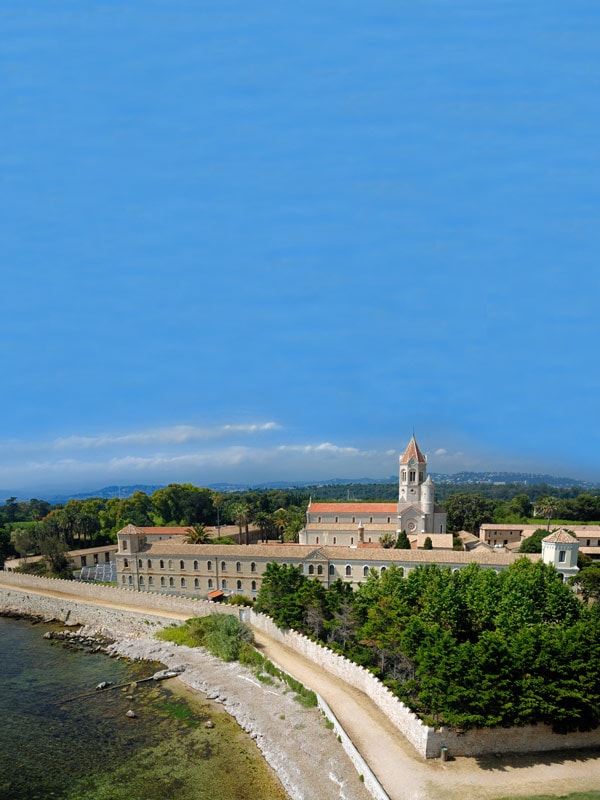
Off the coast of Cannes lies the monastery of Lérins Abbey.
6. Kanda, Tokyo, Japan
Travelling with: Carla Grossetti
The word delicious is written as ‘beautiful flavour’ in Japanese. It’s at the heart of what inspires chef Hiroyuki Kanda-san, whose eponymously named restaurant Kanda has been awarded three Michelin stars since Michelin began ranking restaurants in Tokyo in 2007.
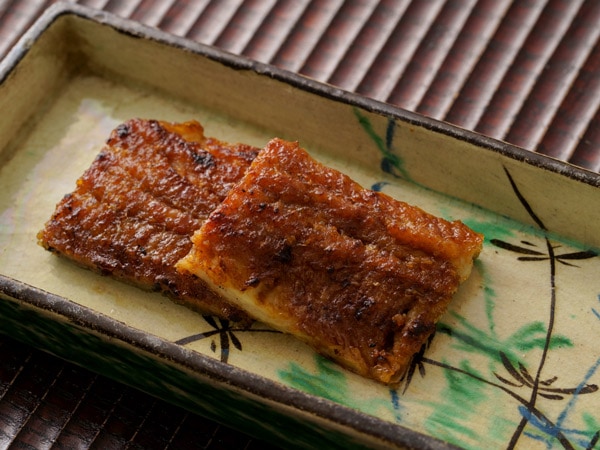
The Japanese unagi eel is known for its somewhat sweet taste. (Image: Gozen Koshida)
Epicureans will find it worth their while to seek out the intimate eight-seat eatery in the Moto-Azabu area of Tokyo, where everything from the kaiseki cuisine to the ceramics reflects Kanda’s meticulous attention to detail. The acclaimed chef has also been the recipient of the Michelin Mentor Award for his continued dedication to the hospitality industry in Japan.
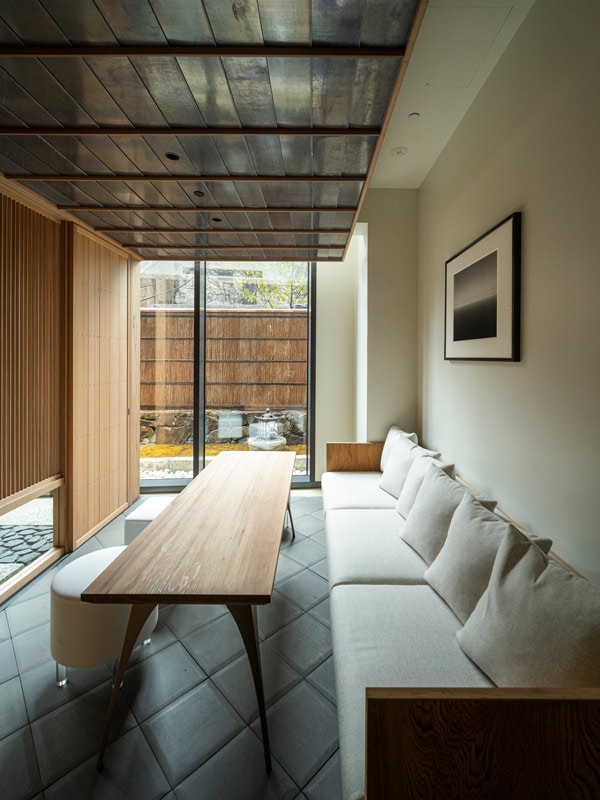
Restaurant Kanda has been awarded three Michelin stars. (Image: Masatomo Moriyama)
7. Pisco Sour, Chile
Travelling with: Sarah Reid
Have you even been to Chile if you haven’t sipped a pisco sour? Chile and Peru both claim pisco as their national tipple, but Chileans reportedly produce and drink more of the distilled grape spirit.
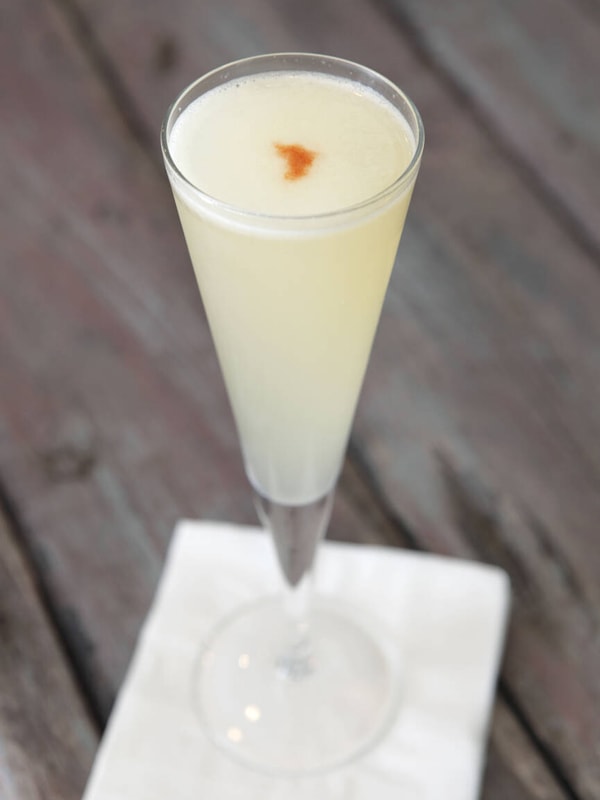
Pisco Sour is a mix of pisco, lime, sugar and ice.
While Peru may be the birthplace of its signature cocktail, Chile’s pisco sour recipe wins me over for its lip-smacking simplicity; its mix of pisco, lime, sugar and ice producing a frothy top layer without the need for egg whites. Salud!
8. Khao Soi, Chiang Mai, Thailand
Travelling with: Sarah Reid
Many cultures lay claim to the world’s best coconut curry, but there’s something special about khao soi. Typically made with chicken, the signature dish of Chiang Mai in northern Thailand is decadently rich and creamy, with the combination of soft and crunchy noodles creating the perfect texture.
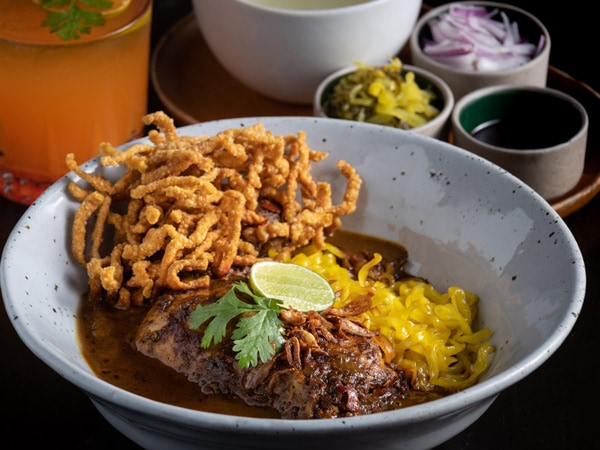
Khao soi is a specialty coconut curry noodle soup in Chiang Mai.
Anthony Bourdain put rough-and-ready Khao Soi Lung Prakit Kad Kom’s eye-wateringly spicy version on the map, but we think the more refined version at historic general store-turned-restaurant Kiti Panit is well worth sampling.
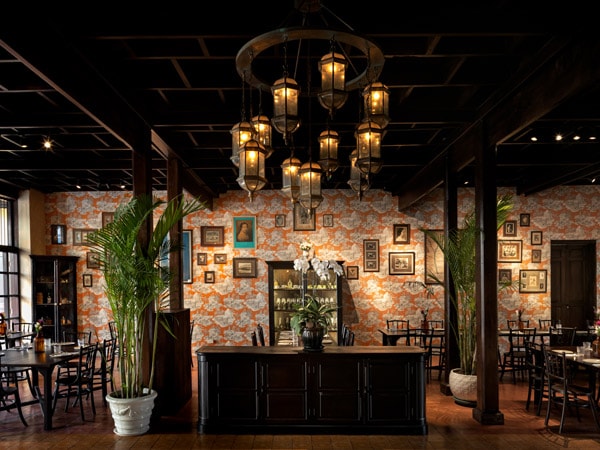
Kiti Panit is a former colonial mansion refurbished into a new dining space in Chiang Mai.
9. Penang Street Food, Malaysia
Travelling with: Emily Murphy
Penang’s rich multicultural history is what landed its capital George Town on the UNESCO World Heritage list. But it’s also what shaped the state’s famous street food scene. Penang’s thriving outdoor hawker centres have an abundance of stalls, each unique to its neighbour, using age-old family recipes to serve up affordable, flavourful dishes.
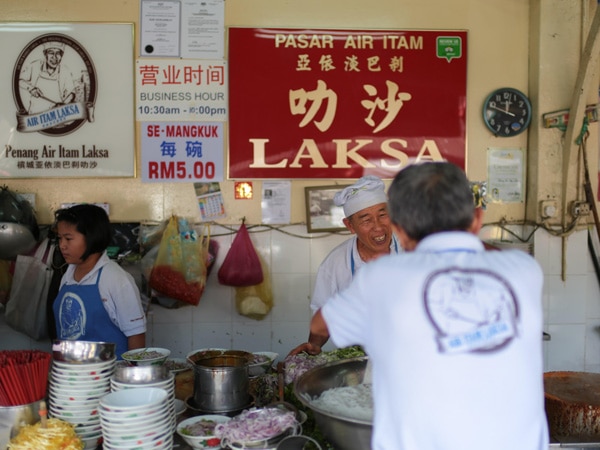
Penang is a wild hodgepodge of lively food stalls and restaurants.
You won’t receive a perfectly presented plate, but when the quality, flavour and price are that good, who’s complaining? Must-try dishes include nasi kandar, char koay teow and asam laksa, an all-time favourite. The famed eatery Air Itam Asam Laksa does it best, serving the addictive sweet-sour broth with rice noodles, bunga kantan (ginger torch), red chillies and fresh mint.
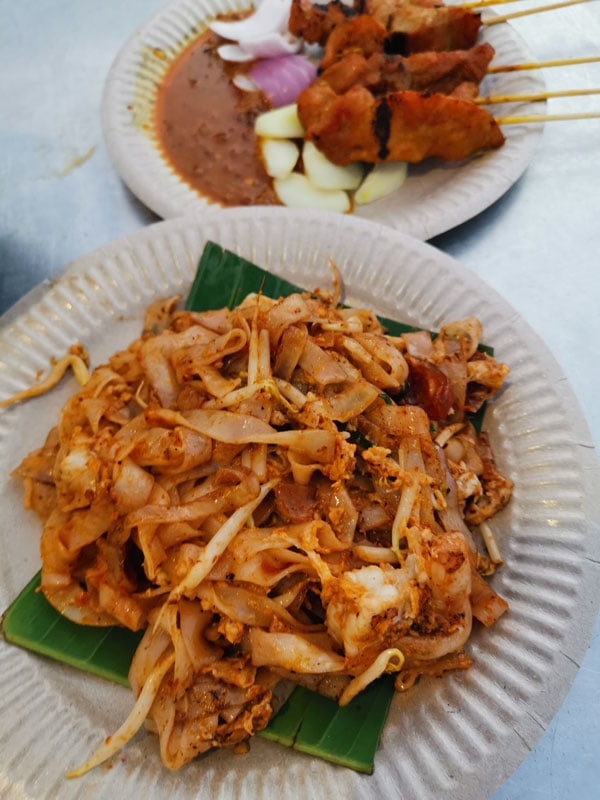
Queue up for the famous Penang street foods.





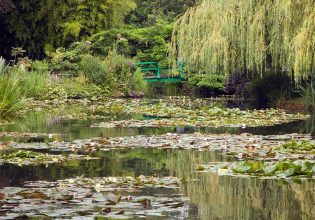






LEAVE YOUR COMMENT